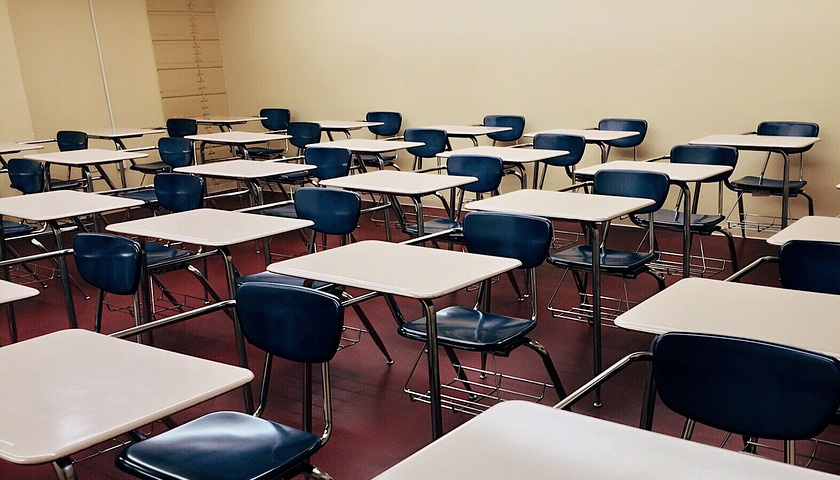by Carleen Johnson
Fourteen states have joined an effort to cut chronic student absenteeism by 50% over the next five years.
According to Attendance Works, a national and state initiative that pushes for better policy and practice to improve school attendance, chronic school absence rates almost doubled from one out six to almost one out of three students during the COVID-19 pandemic.
And post-pandemic absenteeism rates remain higher than before the pandemic.
Chronic absenteeism is defined as missing 10% of school for any reason, whether the absence is excused or unexcused, and is affecting students from every economic level and ethnicity.
Education advocates from Attendance Works, The Education Trust and the American Enterprise Institute came together earlier this summer to challenge state and policy leaders to sign onto the pledge to cut the chronic absentee rates in half by 2029.
According to AEI, districts with lower achievement and higher poverty have the highest rates of chronic absenteeism.
AEI reports that in 2022 16% of Asian students and 24% percent of white students were chronically absent, compared to 36% of Hispanic students and 39% of Black students.
The 14 states that have signed the pledge as of last week represent all regions of the country where more than 9 million students are enrolled in public schools.
Those states are Alabama, Arkansas, Colorado, Connecticut, Iowa, Maryland, Nebraska, Nevada, New Mexico, Ohio, Rhode Island, Virginia, Washington and West Virginia.
Some 29.7% of the nation’s students – nearly 14.7 million – were chronically absent in the 2021-2022 school year, according to federal data. About 6.5 million more students fall into this category than before the pandemic, according to Attendance Works.
Denise Forte, president and CEO of EdTrust, said in a news release, “The reasons for chronic absenteeism are varied, from health and transportation challenges to harmful discipline practices to a lack of authentic and culturally responsive family engagement. Students and families need education leaders to make chronic absenteeism a top priority this year.”
Katy Payne, spokesperson for the Washington State Office of Superintendent of Public Instruction sent The Center Square an email in response to a request for comment about joining the effort.
“Mirroring the rest of the nation, student attendance rates decreased during the pandemic as students navigated illness and family needs, and attendance has been on the rise since that initial drop,” she said. “Now, while we have seen an increase in the percentage of students who are absent from school for 18 days per year or more (defined as ‘chronically absent’), what we are seeing is more students staying home when sick. In Washington state, we are always seeking ways to improve, and we are excited to join this effort.”
A worksheet prepared by Attendance Works is offered for teachers to gauge why individual students are chronically absent.
It includes the following questions:
Is the student struggling academically?
Does the student have language or communication challenges?
Have there been any reports of bullying?
Do the parents/guardians recognize the importance of and support regular school attendance?
Regardless of the reasons for being absent, missing school impacts academic progress, and impacts classmates and educators who struggle to play catch up for students missing class.
According to the 2022 National Assessment of Educational Progress, 22% of fourth-graders reported they were absent five or more days in the previous month. That is double the percentage who reported that in 2019. The results were similar for eighth-graders.
In Washington state, 9% of eighth-graders reported being absent five or more days in a month in 2019. In 2022, that figure was 19%.
Attendance Works initially plans to develop resources to assist states that are participating, encouraging state leaders and policy makers to raise awareness of the dire nature of student attendance in schools across their state, mobilize resources to improve engagement and attendance and address barriers to getting to school.
– – –
Carleen Johnson is a staff reporter at The Center Square.





